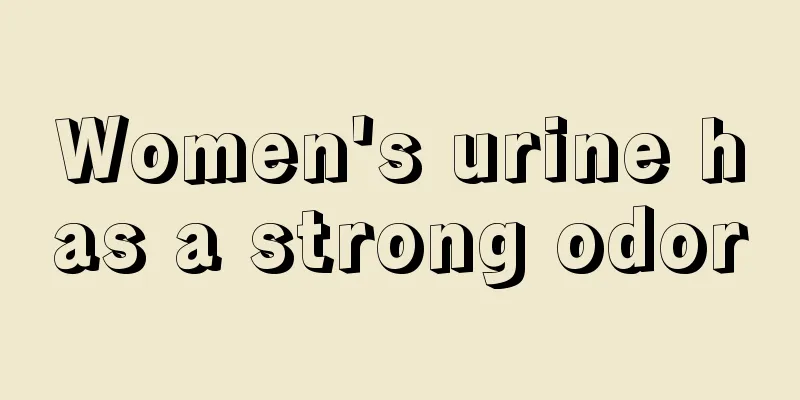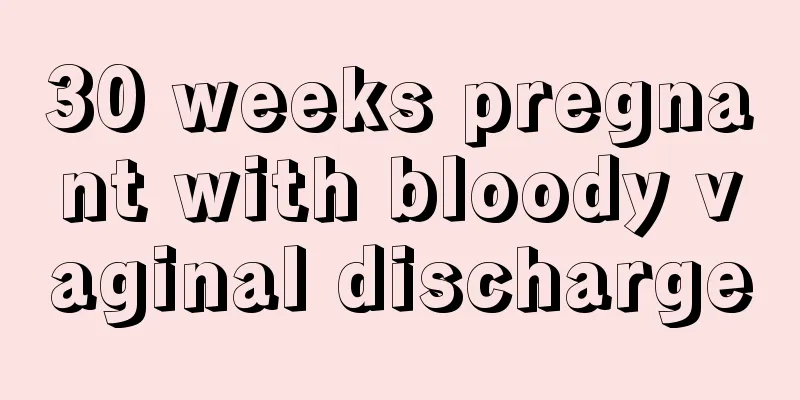Is it painful to do postpartum uterine curettage?

|
Pregnancy and childbirth are things that almost every married woman will encounter. This is also the most natural law. Childbirth has a great impact on women's lives and bodies. Women often hurt their bodies because of difficult problems they encounter after childbirth. For example, some women still have a large amount of residue in their uterus after giving birth that cannot be eliminated and need to undergo a uterine curettage. However, is it painful to do a postpartum uterine curettage? During the postpartum uterine cleaning process, the mother will feel varying degrees of lower abdominal pain. Because different patients have different sensitivities to pain stimuli, the degree of pain produced is not exactly the same. The vast majority of patients can tolerate the pain caused by postpartum uterine curettage. After the placenta and fetal membranes are delivered, routine checks are needed to determine whether the delivery of the placenta and membranes is complete. If there are placenta residues or more fetal membrane tissue residues, it will affect the contraction of the uterus after delivery, leading to increased vaginal bleeding after delivery. Severe cases may even cause postpartum hemorrhage. In this case, appropriate treatment is required. If general conservative treatment is ineffective, uterine curettage surgery should be considered. Postpartum uterine curettage surgery can easily lead to serious complications such as uterine perforation and should be performed under close monitoring. The placenta is usually delivered from the body about 5 to 15 minutes after the fetus is delivered from the birth canal, and no later than 30 minutes. If the placenta is not completely expelled and part of it remains inside the uterus, this phenomenon is called retained placenta, which can affect uterine contractions and cause postpartum hemorrhage. Uterine contractants can be used to promote the expulsion of residual placenta (need to be used under the guidance of a doctor). If there is still residue after taking the medicine, a curettage can be performed to remove the residual placental tissue and reduce the occurrence of postpartum hemorrhage. Anesthesia is given during the operation, and you generally won't feel much pain after the operation. After the operation, you need to drink plenty of water, eat a light diet, keep clean and prevent infection. |
<<: What does it mean when a woman’s right ear feels hot?
>>: How to relieve stomach pain in late pregnancy?
Recommend
What is the main function of a fresh-keeping bag? Can a fresh-keeping bag like a shower cap be used?
Fresh-keeping bags are widely used in daily life ...
Blood pressure keeps getting higher and higher, what's wrong? How can people with high blood pressure spend the winter safely?
Huazi's father was hospitalized because he fe...
Is a big belly a sign of uterine cold?
Uterine cold is a common disease among women nowa...
What are the reasons for early menstruation?
Menstruation is an important physiological indica...
How much menstrual flow is considered light
Menstruation is something that every normal woman...
How thick is the endometrium during menstruation?
A woman's uterus not only plays the role of n...
Can I get pregnant if I have sex two days before ovulation?
We all know that if you want to get pregnant, the...
Expired pregnancy test stick shows two lines
The substances attached to an expired pregnancy t...
What is the reason for the white and sticky vaginal discharge?
A very common substance in female secretions is v...
What’s going on when I suddenly have severe menstrual cramps?
Many women suffer from dysmenorrhea during menstr...
Can I eat durian when I'm pregnant?
Although durian has a strange smell, this fruit i...
What are the benefits of drinking brown sugar water for girls?
When girls have abdominal pain during their menst...
Why are some mung beans hard? How many minutes should mung bean soup be cooked?
Mung bean soup is a traditional folk delicacy for...
Diet after abortion
Nowadays, more and more women are having abortion...









